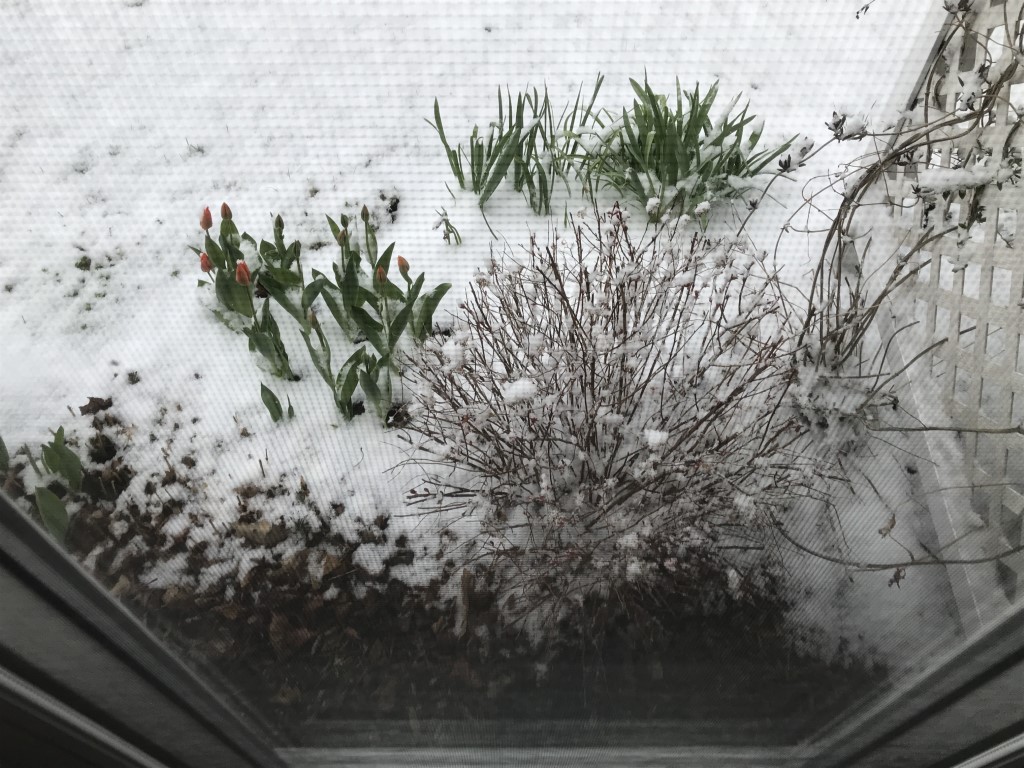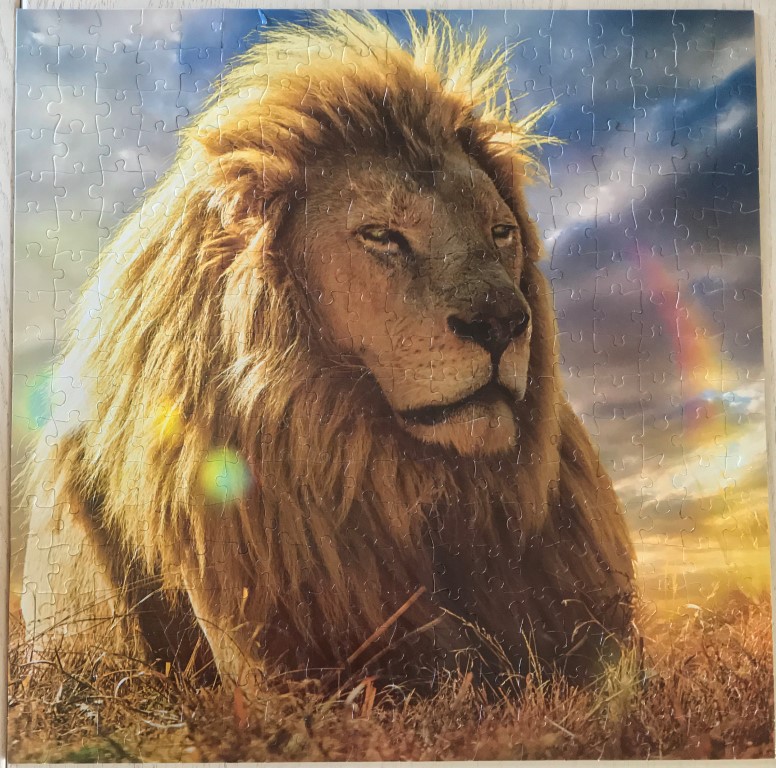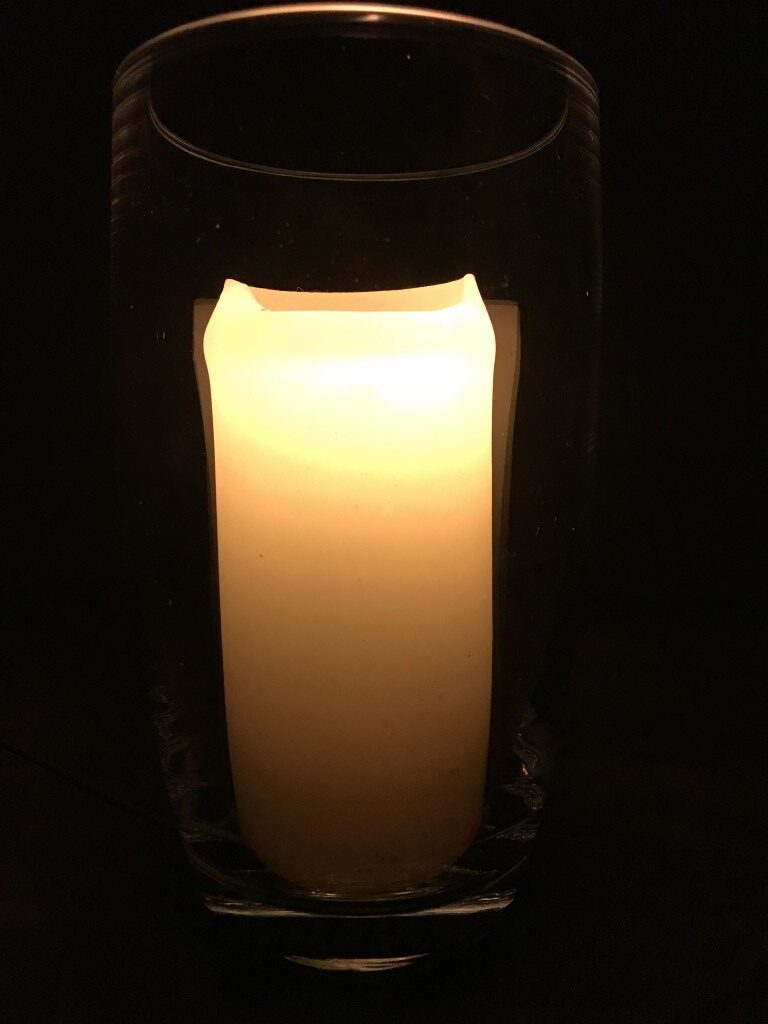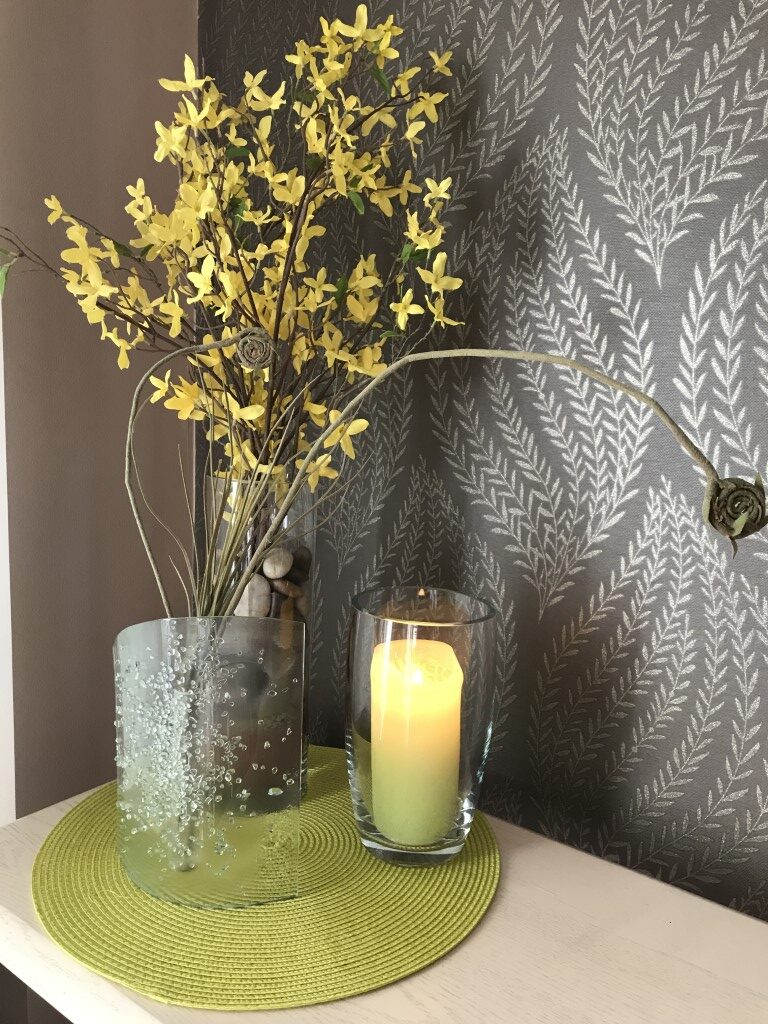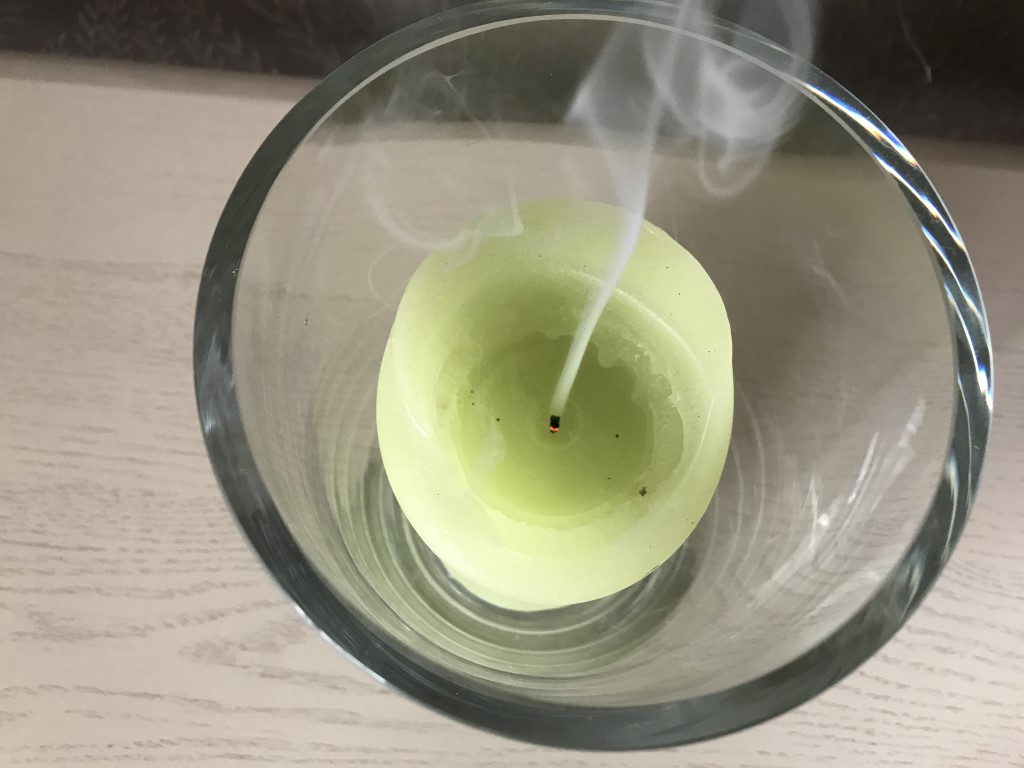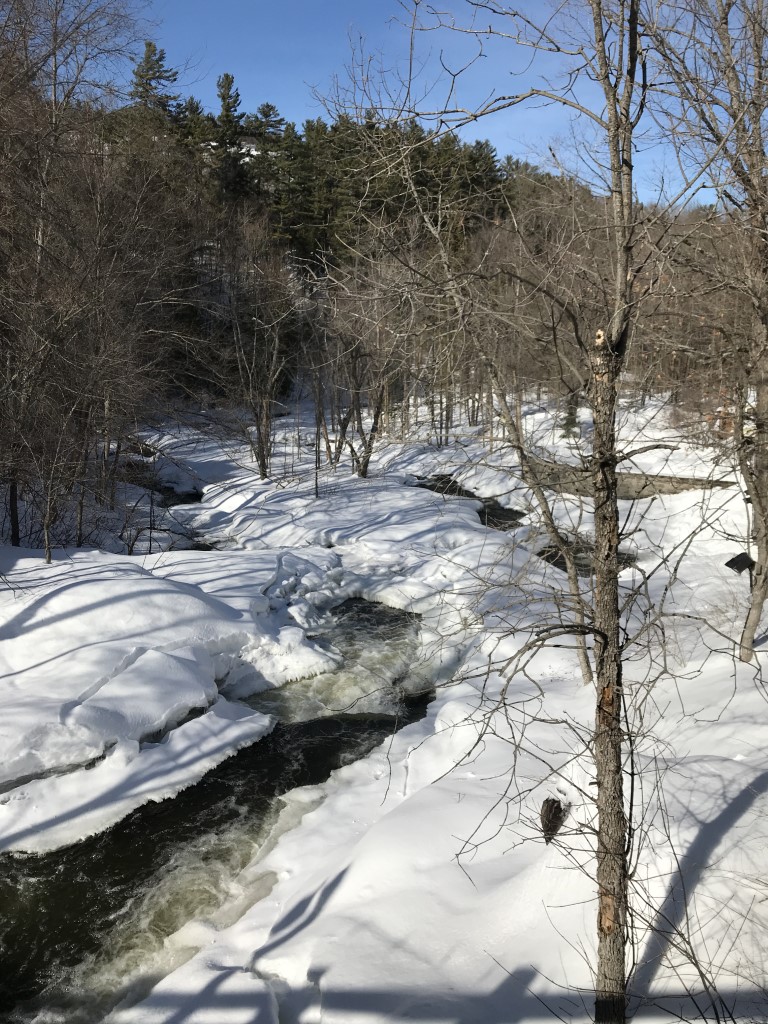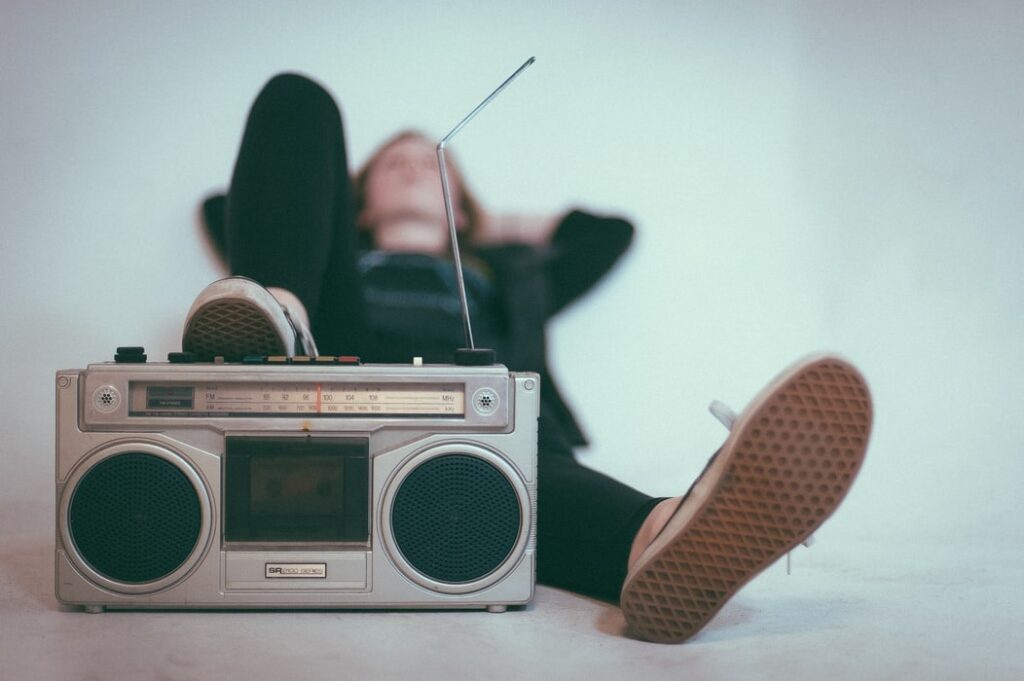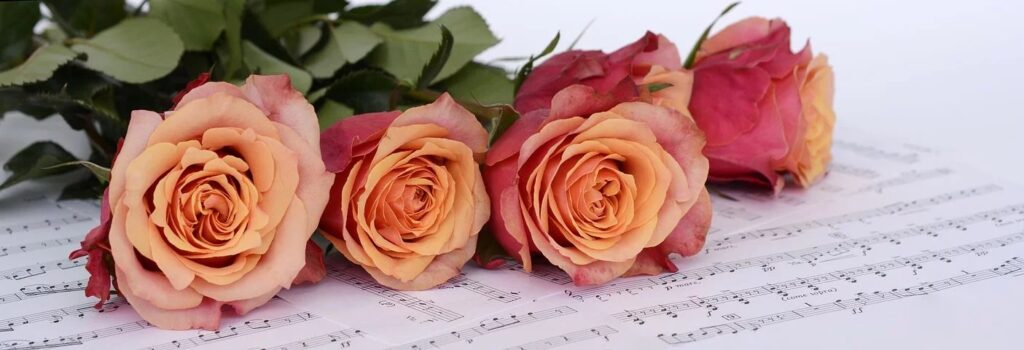THE CREATIVE PROCESS UNMASKED
Like many people, I am fascinated by a how a piece of art is created. But it’s not often we get a chance to learn much about the creative process behind the development of a book, or painting, or photograph we enjoy.
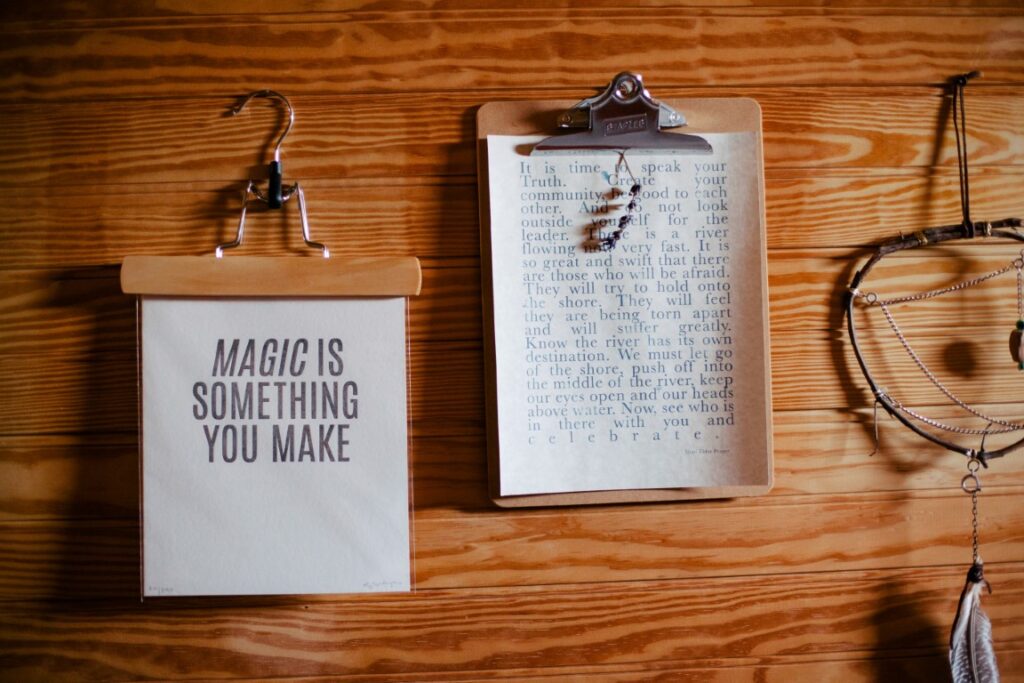
How about you? Ever wonder what drew a painter or photographer to a specific scene? Or how a poet managed to say so much in so few words? Or where a novelist found out how daily life was lived a century ago?
Lucky me: I get to “go behind the scenes” when I write a feature article for the Historical Novel Society. These features are not book reviews, but rather, a chance to interview the author. So I learn about their writing processes as well as the inspiration and challenges they faced while writing their books.
For example, last year, I got to interview author Eugenia Lovett West, who at age 96 was releasing two new novels! Terry Gamble – whose ancestors founded the Proctor and Gamble Company – shared with me some of the overlaps between her own family history and that of the fictional family in her book. And I got to ask novelist Jennifer Chiaverini about the challenges of researching little-known or forgotten historical figures, so they can be brought to the forefront of her story.
The insights these authors provided to me about the process of creating their books greatly enhanced my enjoyment of the books themselves. And so…
Announcing a New Feature!
After thinking some more about this, and also about the great feedback I received when I shared my own process in writing a poem, I’ve decided to launch a new feature here:
The Creative Process Unmasked
(Well, most of us are masked these days, so why not play with that in the series title?)
This will be a regular feature. I hope to demystify the creative process a bit. I’ll push back the curtain and share with you insights about how I created a new poem. And I’ll invite some guest artists to do the same.
I’m launching the series today with the three novelists who unmasked their creative processes for me in my recent Historical Novel Society articles.
Please let me know what you think! In particular, was there anything that surprised you about how these writers went about creating their books? I’d love to know!
Lee Ann
A Patriot Spy and Her Inspiring Creator: Sarah’s War by Eugenia Lovett West
The Eulogist by Terry Gamble: A Family Affair
Behind the Headliners: Mrs. Lincoln’s Sisters, by Jennifer Chiaverini
